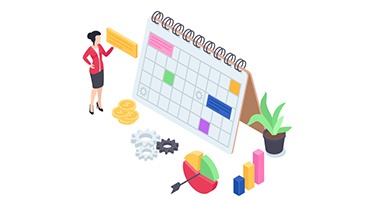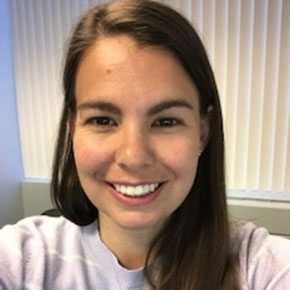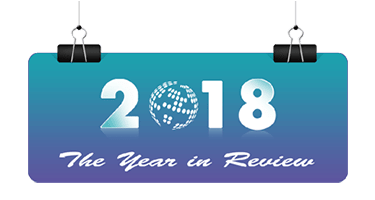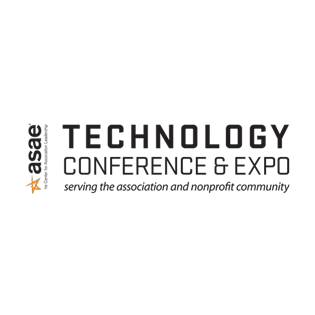Basic as these tenets may seem, it is truly stunning to see how many organizations manage to lose sight of these essential elements as other pressures mount around efforts to achieve underlying specific dollar or participation goals that may or may not have been developed with the larger picture in mind. These challenges aren’t unique to smaller organizations. Similar challenges exist in many big and seemingly well-resourced organizations, where institutional complexities and secondary “noise” can pull precious resources in multiple directions—and away from their core goals.
 But, some would say, “Aren’t dollar, market penetration, and participation measures what really count anyway?” Indeed, they are often the hard, easily identifiable metrics for all the world (including bosses, boards, etc.) to see and quickly grasp. They matter for these obvious reasons, but the point is that just delivering on these quantitative numbers may or may not indicate qualitative strategic mission success—or reveal an imbalance, as is more often the case. I suggest you can find your own best way to achieve this equilibrium; if you do, many more metric and impact successes will follow.
But, some would say, “Aren’t dollar, market penetration, and participation measures what really count anyway?” Indeed, they are often the hard, easily identifiable metrics for all the world (including bosses, boards, etc.) to see and quickly grasp. They matter for these obvious reasons, but the point is that just delivering on these quantitative numbers may or may not indicate qualitative strategic mission success—or reveal an imbalance, as is more often the case. I suggest you can find your own best way to achieve this equilibrium; if you do, many more metric and impact successes will follow.
It’s not easy to keep the big picture front and center in your organization. In small shops, many hats are worn by few and times of big crisis (or good news) can swallow the entire team in response. It requires great discipline, often the courage to reiterate (and sometimes alter) priorities with top leadership or your manager depending on your role. You have to have the professional and personal confidence to step out of the trenches periodically and take larger stock of your particular association’s real state of affairs.
Here are some types of questions you can start asking:
- Are our fundraising priorities coming out of and feeding back into our top goals as an organization? Or are they only somewhat related (even ancillary), feeding one person or group’s pet program because it’s always existed? Is that the highest and best use of our development team or others’ time?
- Who are our real constituencies, their needs, and related opportunities? Are our goals based on serving the largest (or most important mission-wise) swath of our constituencies possible? If so, how?
- Have we articulated clearly why we need the money or other resources, such as volunteering, contributing services, content, and so on? Remember, resources with a little “r” all can carry value if you need them– often with great financial worth– if you stop to think about it.
- Are we allocating our development resources optimally? Can volunteers help leverage our small staff, ad budget and so on (priceless)? Who can we tap into as our larger team in the field? (hint: there are so many options)
And I’m sure you can think of many more that fit with your particular association’s unique needs! (Share your questions in the comments section below.)
In a successful venture, regardless of sector, these questions and their answers are openly and repeatedly discussed across the organization, clearly articulated and understood by all stakeholders. They’re also thoughtfully reviewed on a regular basis– not just every so many years when the next major strategic planning effort may occur.
When it comes to development, YOU own this piece—no matter what role you may play in the operation. This includes bringing to the same table “bottom-up” key tactical efforts (which we’ll address in the future around messaging), creating opportunity, facilitating others’ efforts, ongoing stewardship, and broad engagement.
Most of all, you must drive realistic expectations that still stretch everyone (including your board and senior leadership) to think out of the box. They must buy-in to a truly collective effort and be encouraged to “give” in all ways possible. Once this full cycle is embraced and ingrained in your constituents’ culture, you are more likely to have an energized, bigger team on your side— and a far better chance of achieving success. Good luck!
Click here to see Part 1 of this article.
Next Month: Delivering the Goods on Your Development Plan









